In the U.S., the number of people with disabilities in the workforce is increasing. This means workplaces need to adapt to include them.
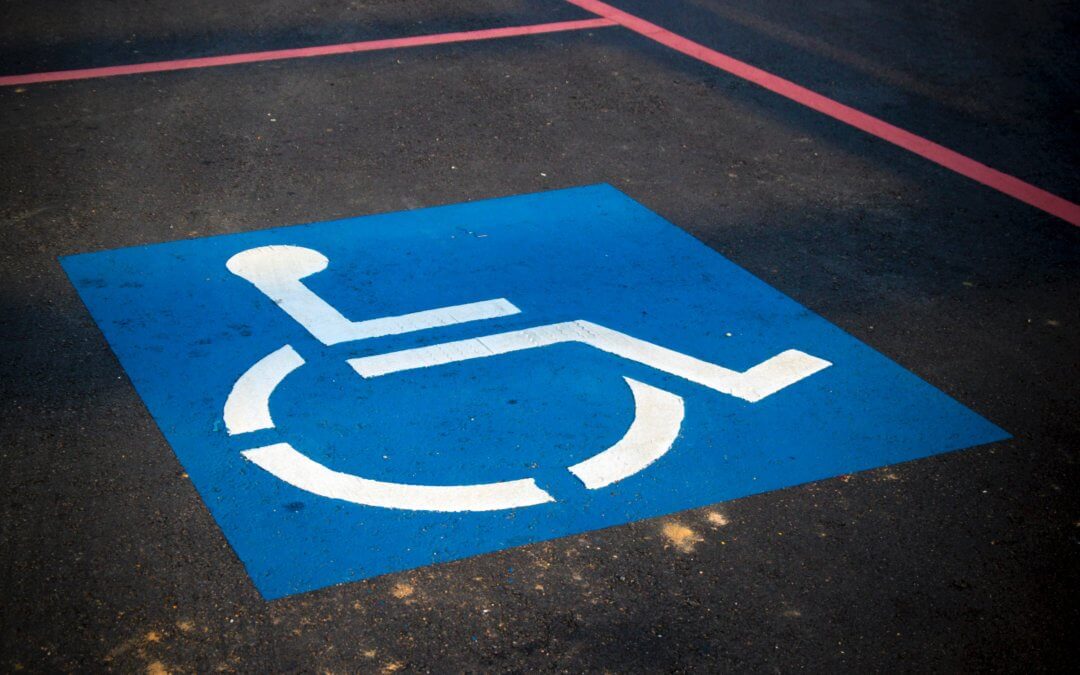
European Accessibility Act: What Will Change?
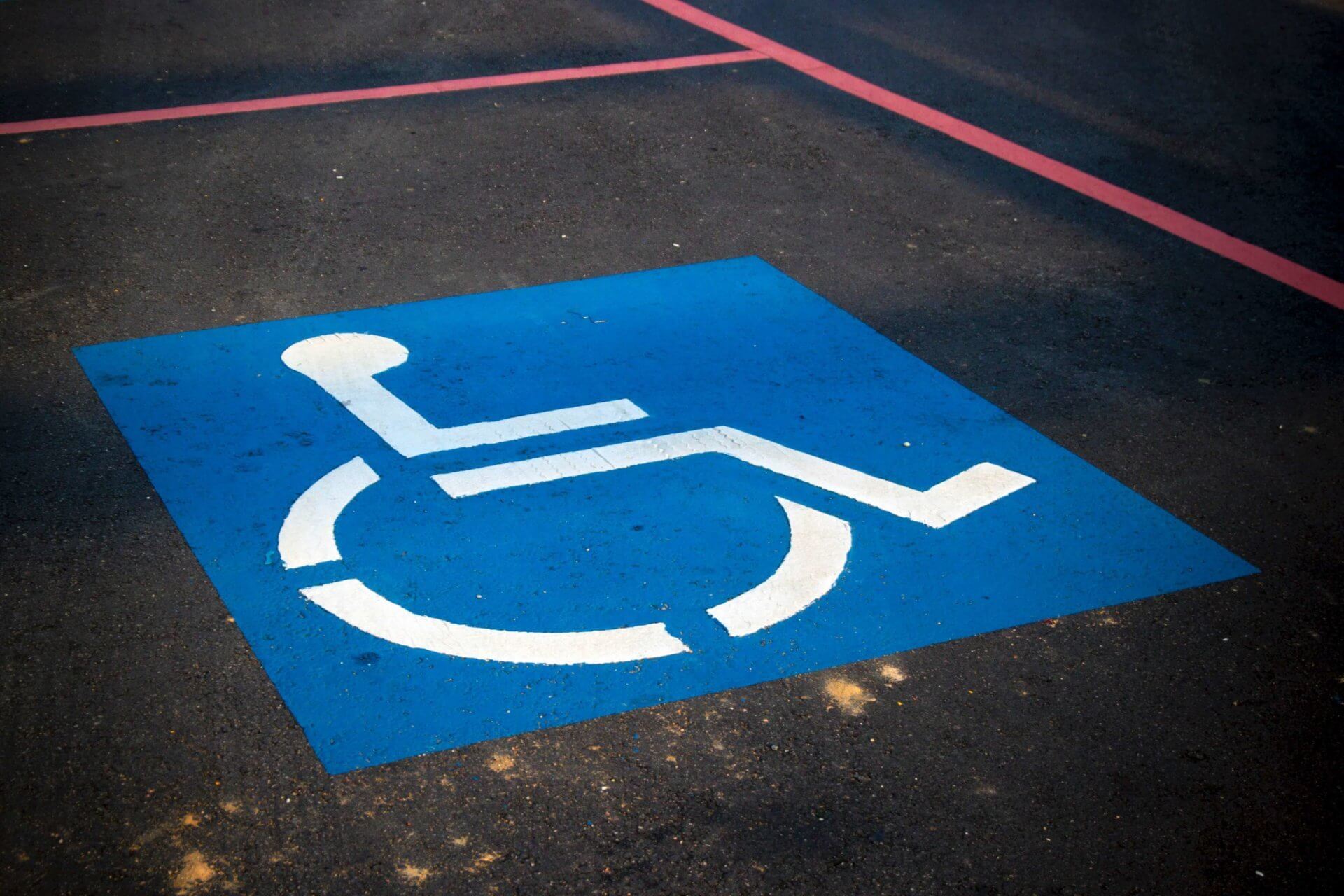
European Accessibility Act: What Will Change?
Eighty million Europeans living with a disability will benefit from more accessible goods and services at competitive prices! The European Accessibility Act was adopted by the European Parliament and Council. Member States have a six-year transition period before having to fully enforce it. Among the areas it covers are information for travelers, vending machines, banking services, e-commerce, e-books and emergency numbers. It is a small revolution for those with a disability and a huge challenge for businesses.
Towards Free Movement of Accessible Goods and Services
The European Accessibility Act has been on the agenda since July 2017 and has two principal goals:
⊗ Improve the daily life of the elderly, disabled people and people with reduced mobility throughout the entire European Union (80 million people at a conservative estimate); and
⊗ Facilitate the circulation of accessible goods and services by removing barriers created by divergent laws among the various Member States.
Businesses should see a reduction in costs from the standardization of accessibility laws throughout Europe. Furthermore, they will gain access to a large market for their products and services.
As for those living with a disability, they will benefit from a wider range of accessible goods and services at more competitive prices. Benefits are also expected for them in the areas of education and job access. Their expertise in accessibility should see a rise in demand and their professional integration will be eased by software accessibility.
Principles of Universal Design
Under this new European directive, goods and services should be designed in a way that allows them to be used by everyone, regardless of their particular difficulty:
⊗ color-blindness, poor vision or complete blindness;
⊗ poor hearing or profound deafness;
⊗ speech problems or total mutism;
⊗ problems in gripping or absence of physical strength;
⊗ reduced mobility;
⊗ cognitive difficulties (reading, gesturing, memory, etc.).
Essentially, every good or service must be “perceptible, usable, understandable and sturdy.” This means:
⊗ An action should be possible by using different sensory methods (voice message, speech recognition, visual display, touch);
⊗The transfer of information should also be possible via various sensory methods;
⊗ Visual contrasts ought to be considered;
⊗ The font can be increased;
⊗ It should be possible to change the volume and speed of audio messages;
⊗ Actions requiring strength or precision should be limited;
⊗ Latency time between two actions ought to be open to configuration;
⊗ There should be information on accessibility functions;
⊗ And, of course, assistance technologies should be compatible (screen readers, audio support, voice command, etc.).
Interested to know if Accessible Pedestrian Signals are required in your country? Check this article!
From Ticketing Machines to E-commerce Platforms, Many Areas Are Covered!
The directive mainly applies to digital services and related equipment:
⊗ Computers and operating systems;
⊗ Ticketing machines, check-in machines;
⊗ Smartphones;
⊗ Audiovisual services, digital television and related equipment;
⊗ Telephony services;
⊗ Public transportation ticketing and related information (road, rail, air, sea or river);
⊗ Bank services;
⊗ E-books; and
⊗ E-commerce.
Now that the European Accessibility Act has been adopted by the European Parliament and the European Council, only its publication in the Official Journal remains. After that formality, Member States will have three years to transpose the directive into national law and another three to apply it. Some associations representing disabled people have criticized the text’s lack of ambition, lamenting how it does not apply to transportation infrastructure, streets and buildings. It also includes many restrictions for small businesses. Let’s hope however that the new European Accessibility Act will be a positive impetus for the extension of universal design to all areas of everyday life!
media

For those living with a disability, they will benefit from a wider range of accessible goods and services at more competitive prices.
writer

Lise Wagner
Accessibility Expert
stay updated
Get the latest news about accessibility and the Smart City.
other articles for you

Brisbane: A City for Everyone
Currently in Australia, it has been estimated that approximately 357,000 people are either blind or experience some form of vision impairment. This number has been projected to increase to 564,000 by 2030. Taking into consideration these statistics, how can the City of Brisbane improve street navigation of people living with some form of visual limitation?

City of Christchurch in New Zealand Sets Out Good Example to Help Blind People Cross the Street Safely
City of Christchurch in New Zealand Sets Out Good Example to Help Blind People Cross the Street Safely Latest statistics from 2013 estimated that there are 30,000 individuals in New Zealand affected by blindness or low vision. Among their day-to-day struggle:...

Have You Ever Heard About Visible Light Positioning? Tomas Escuin’s from i2CAT Offers His Insights
What is Visible Light Positioning? And how can it benefit the lives of disabled people? Inclusive City Maker gives voice to Tomas Escuin in charge of the project development at local and international level.
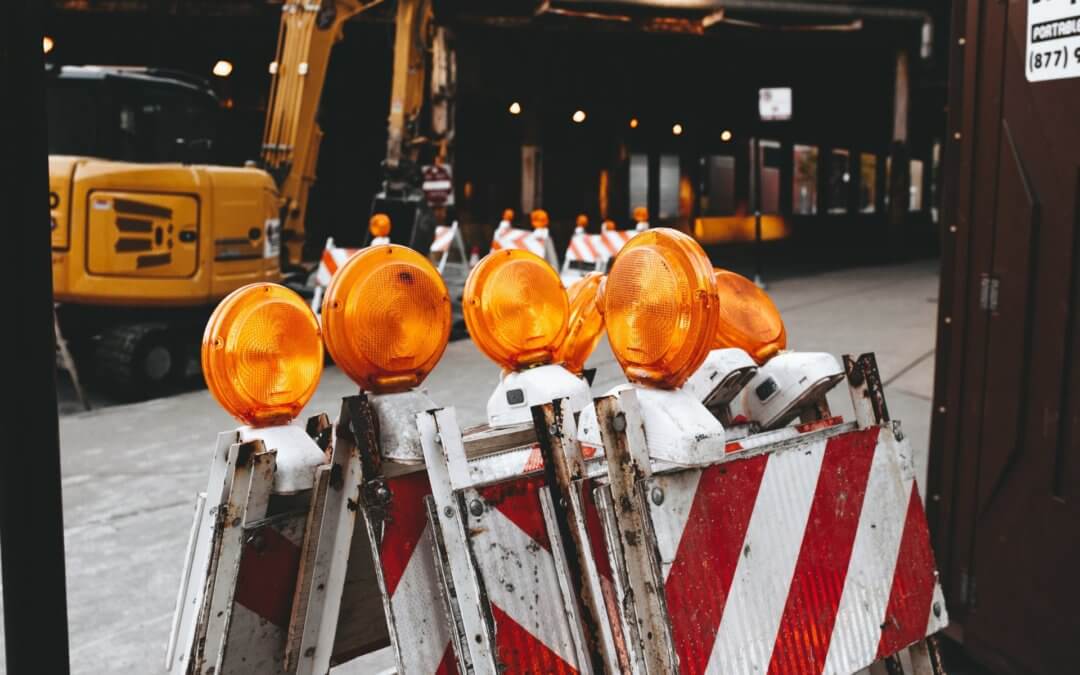
How to Maintain Pedestrian Accessibility When Carrying out Street Works?
When street works and road works impact the road network, the design of accessible routes is essential to ensure that everyone, whether disabled or not, can move safely.
share our article!
more articles

How Do Student Associations Step into Action Regarding Disability in Business Schools? | The Example of HEC Paris
How Do Student Associations Step into Action Regarding Disability in Business Schools? | The Example of HEC ParisIn our last article, we saw all that prestigious business school HEC Paris implemented in order to welcome students with disabilities. Its goal being to...
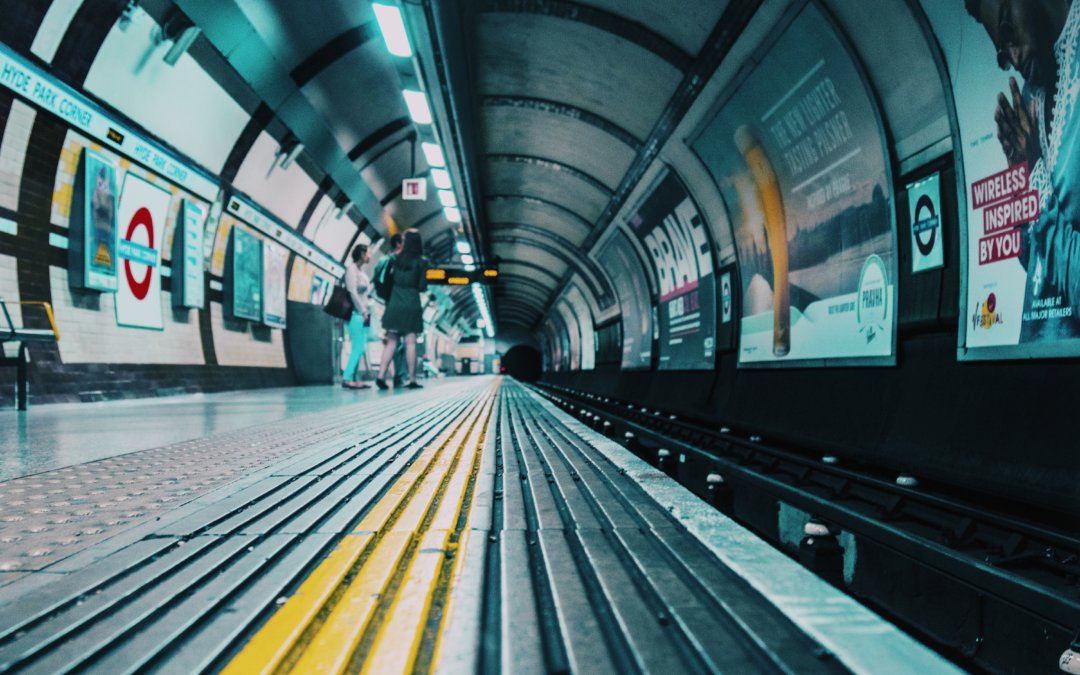
Making Public Transport Information Accessible to Disabled People?
Making Public Transport Information Accessible to Disabled People Planifier son trajet, connaître les temps d'attente aux arrêts de bus, savoir où descendre, réagir en cas de perturbation : utiliser les transports en commun nécessite d'avoir accès à...

How Do Blind People of Toronto Cross the Street Safely?
How Do Blind People of Toronto Cross the Street Safely? 681,000 blind people have been identified in Ontario in 2007, making Ontario by far the province where the concentration of blind people is the strongest. Toronto - the leading City of the region - is...
No Results Found
The page you requested could not be found. Try refining your search, or use the navigation above to locate the post.
NEVER miss the latest news about the Smart City.
Sign up now for our newsletter.
Unsubscribe in one click. The information collected is confidential and kept safe.
powered by okeenea
The French leading company
on the accessibility market.
For more than 25 years, we have been developing architectural access solutions for buildings and streets. Everyday, we rethink today’s cities to transform them in smart cities accessible to everyone.
By creating solutions ever more tailored to the needs of people with disabilities, we push the limits, constantly improve the urban life and make the cities more enjoyable for the growing majority.

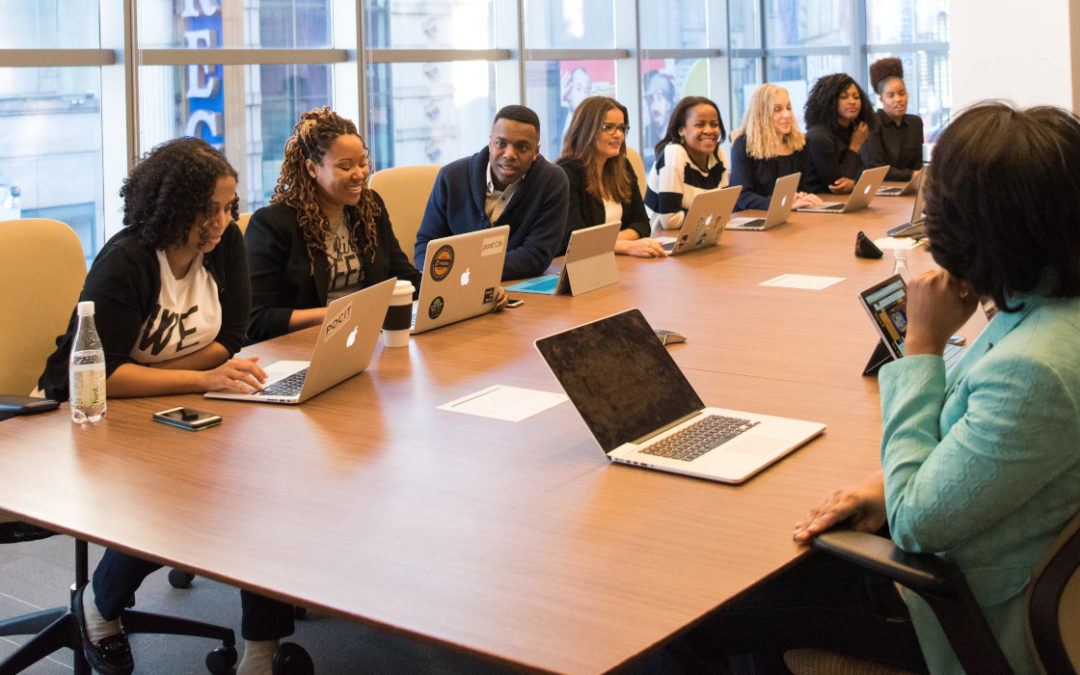
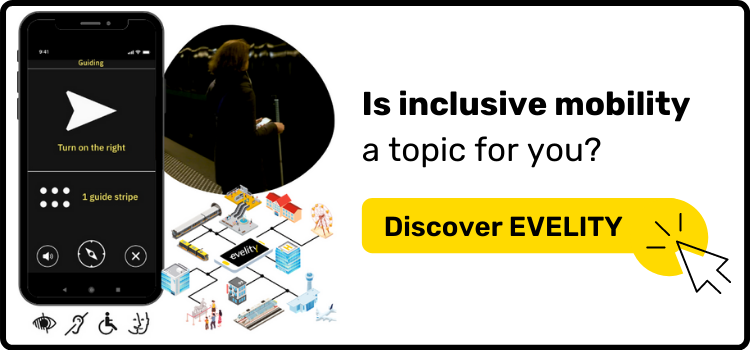



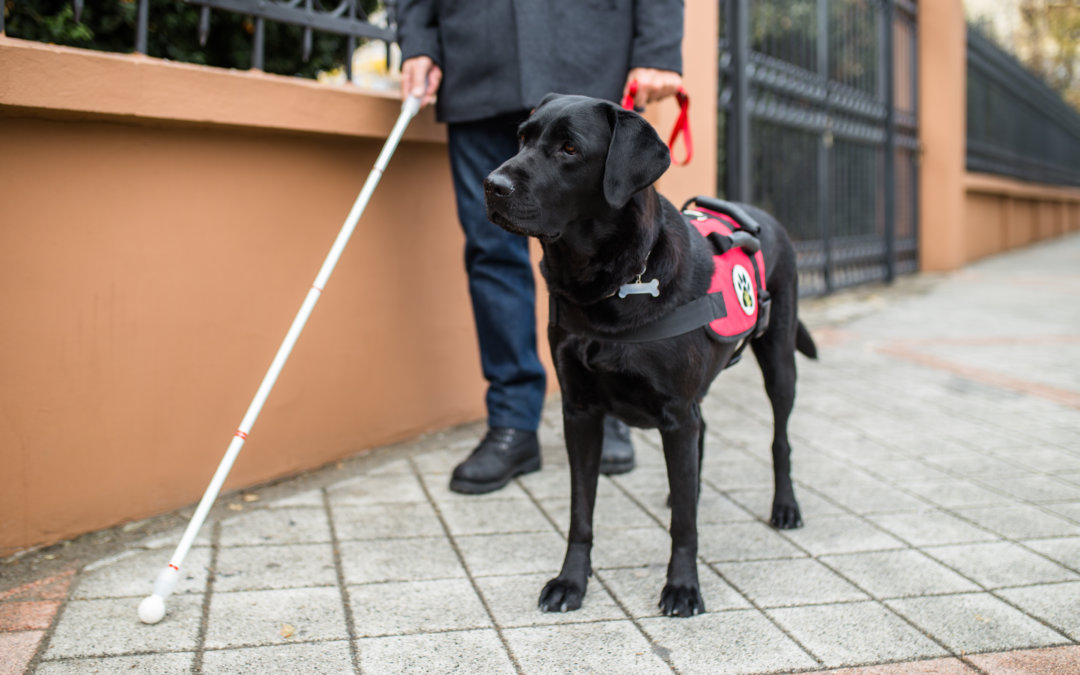
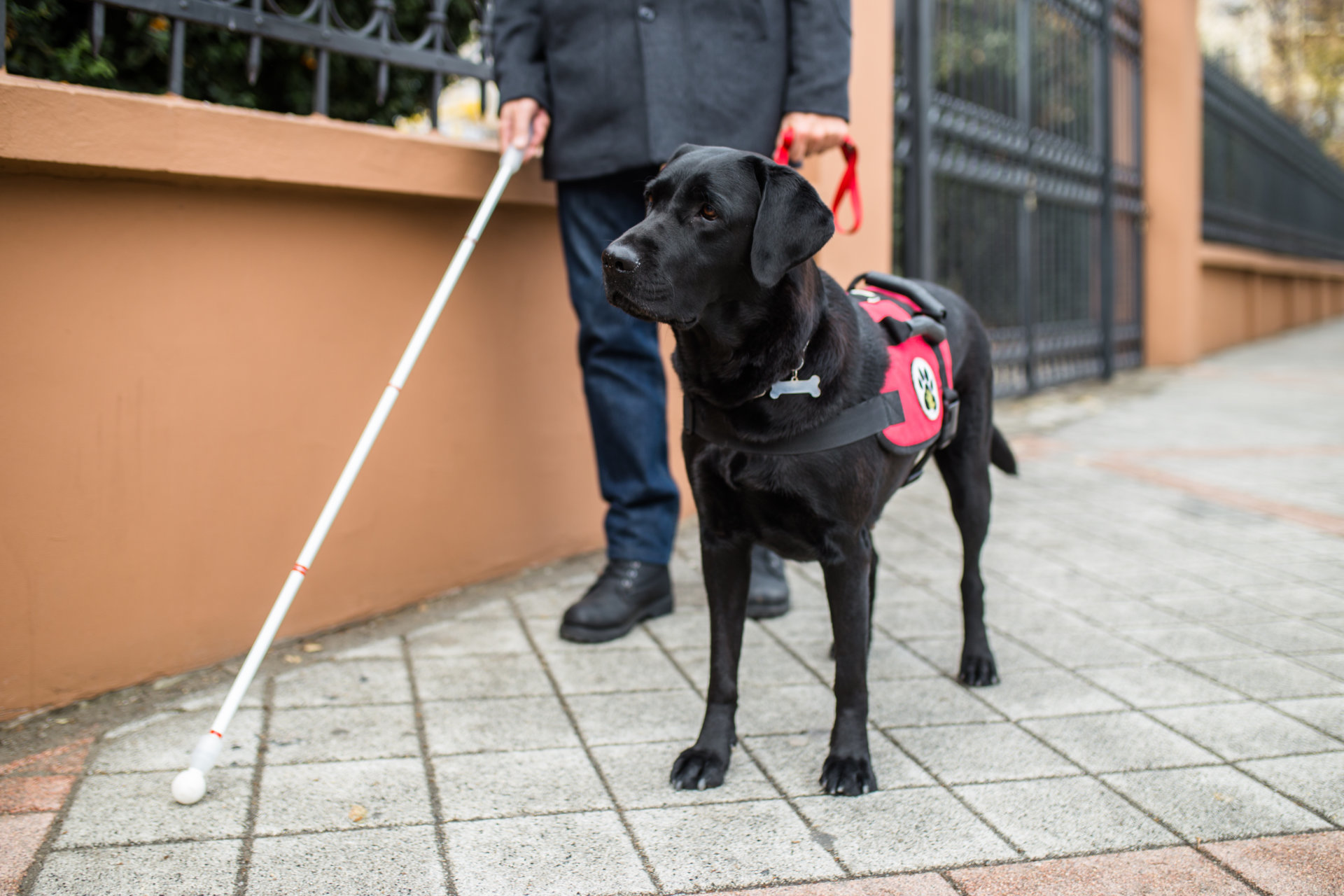

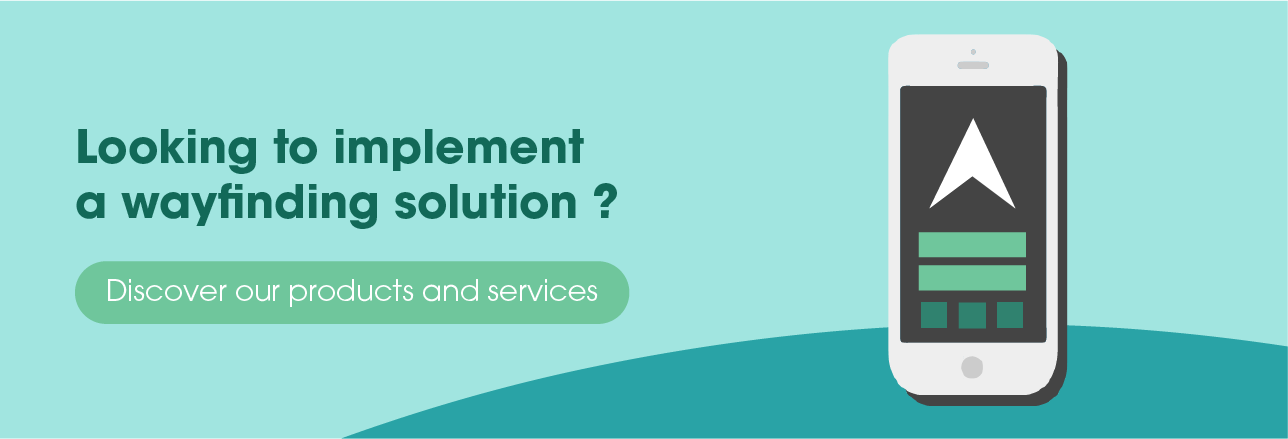
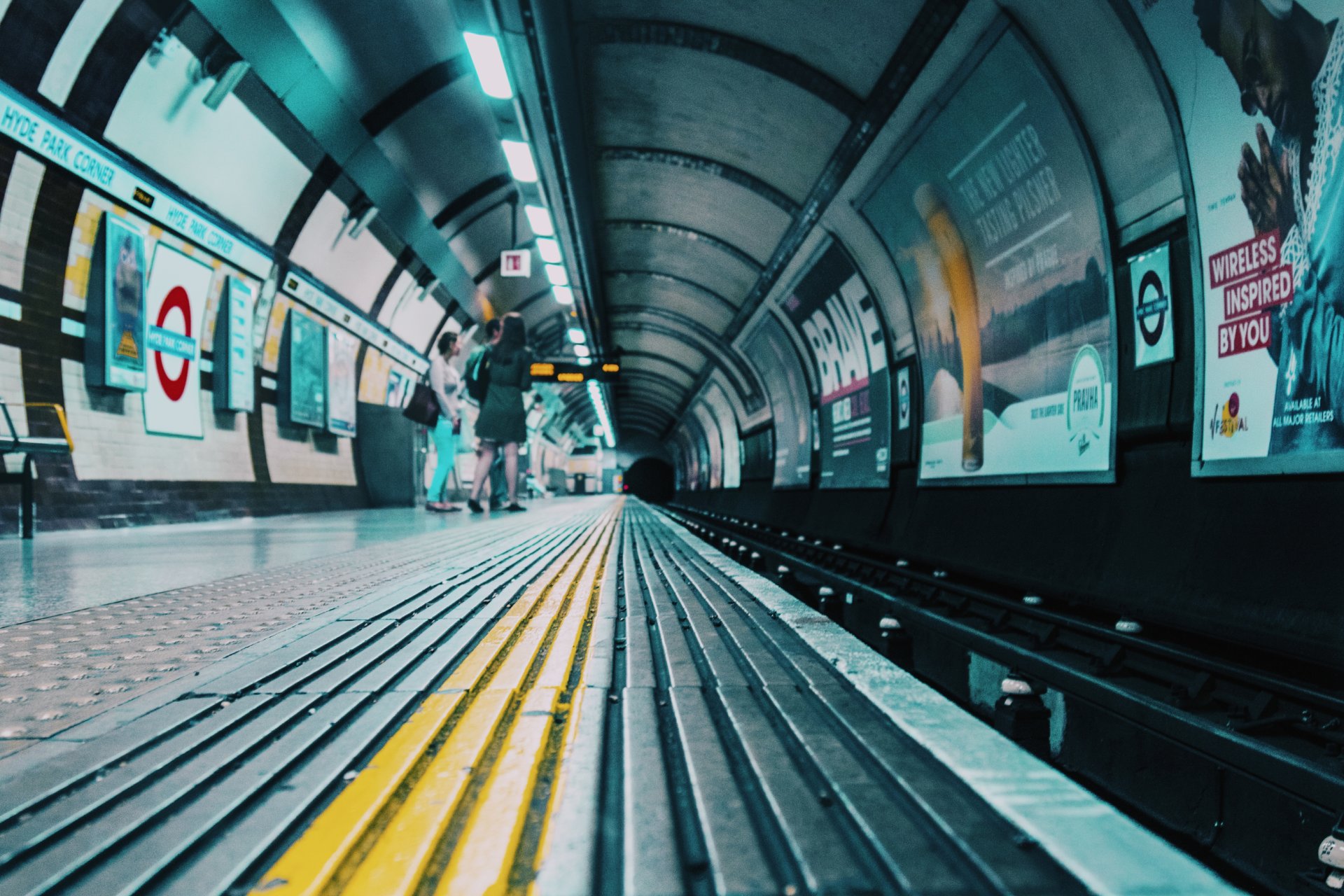
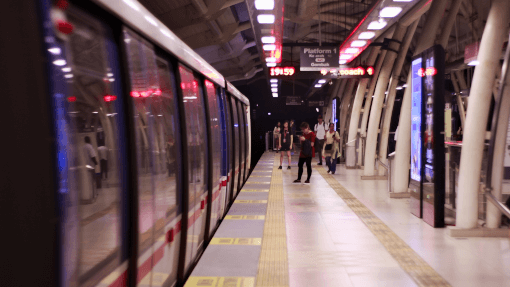
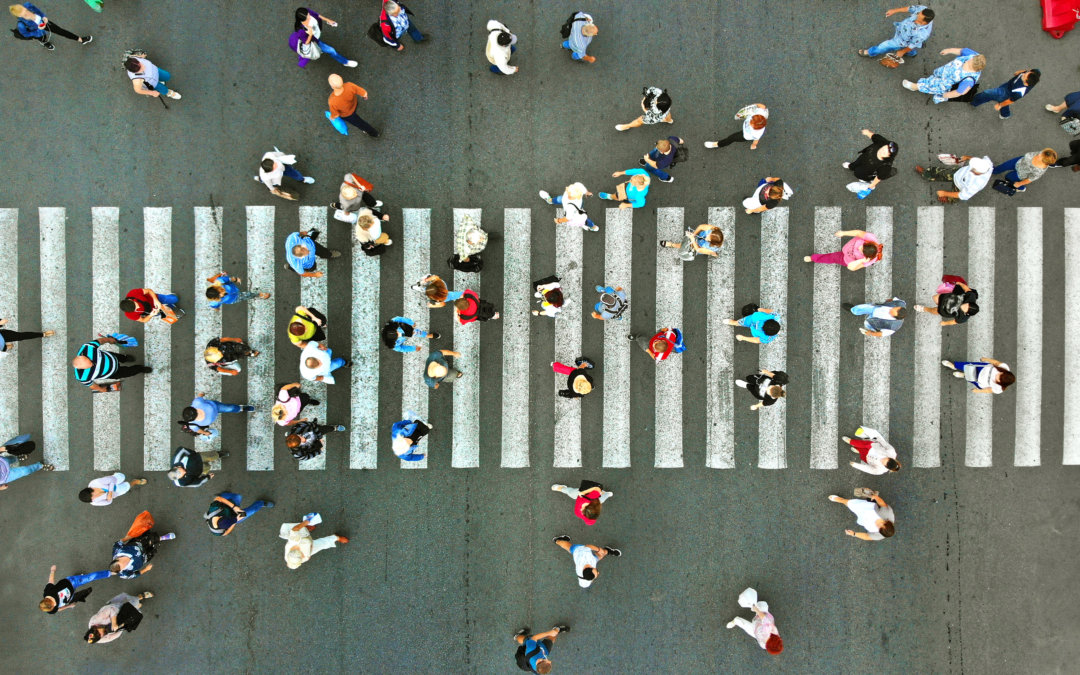
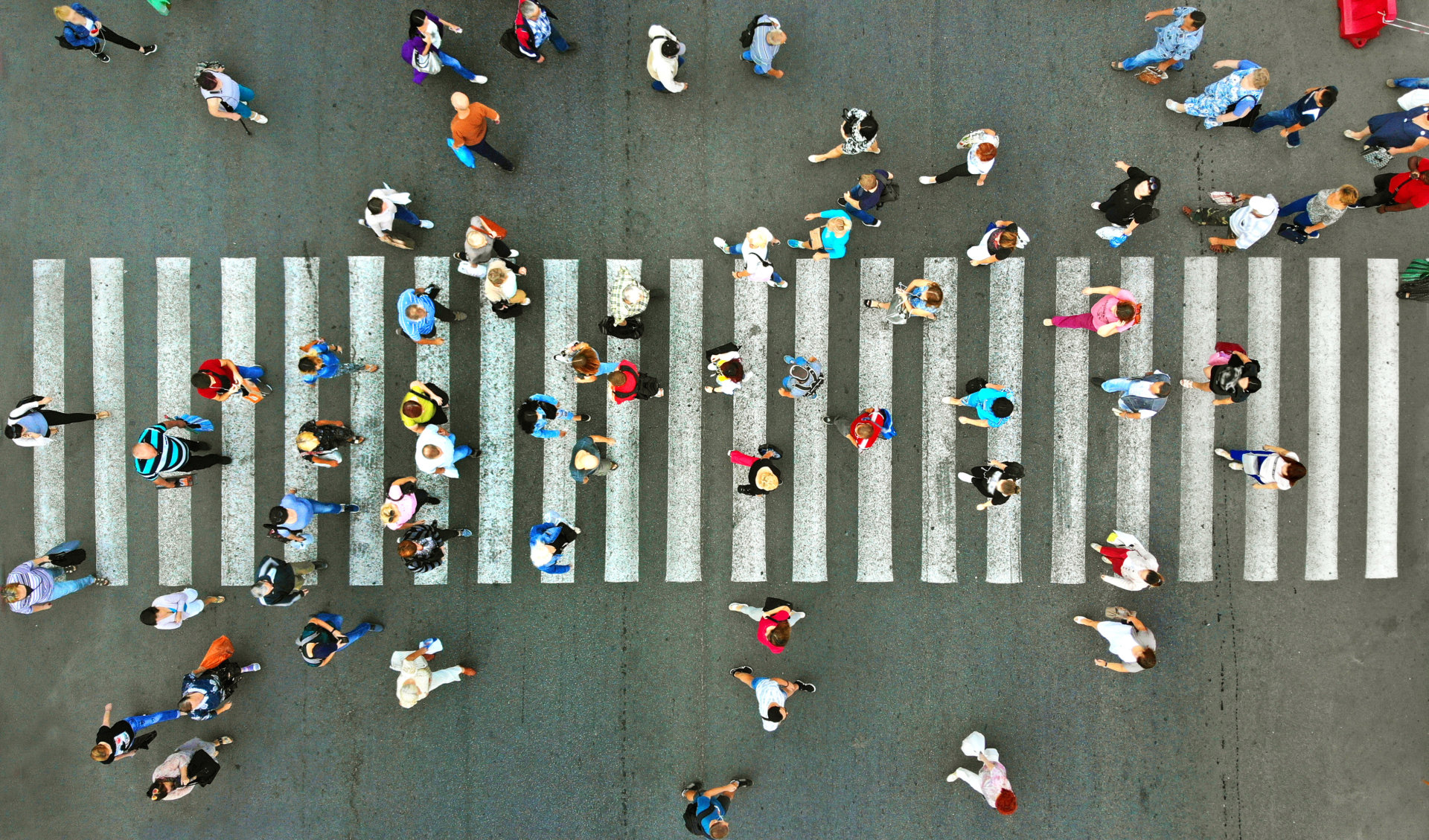
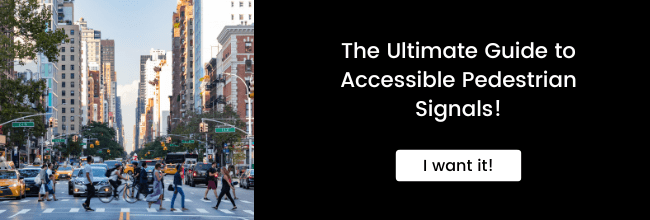


Recent Comments